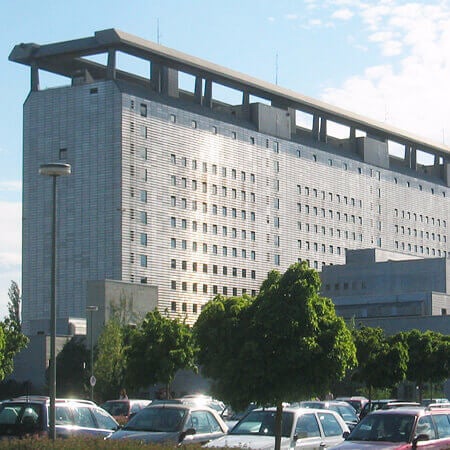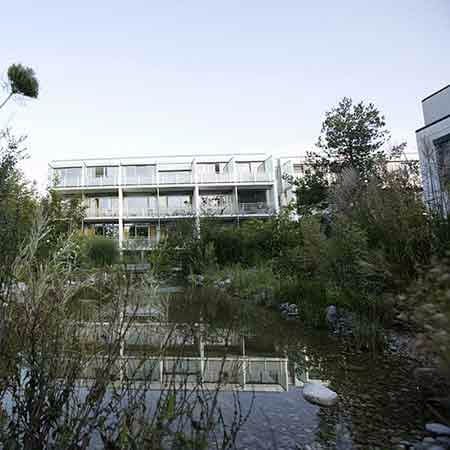About the disease
Millions of people are diagnosed with kidney stones every year. These are hard materials that develop in the kidneys due to either unhealthy dietary habits or dehydration. According to MedicineNet.com, 1 in 20 people will suffer from kidney stones during their life time. Generally, this is a benign condition which resolves on its own without causing any complications. However, in some cases untreated kidney stones can lead to the development of a more serious condition called hydronephrosis.
Hydronephrosis is the swelling of the kidney, which occurs if it is unable to drain all of the urine and transfer it to the urinary tract. This condition usually only affects one of the kidneys and can develop if the urinary tract is blocked by a kidney stone for example. A long time may go by before any symptoms of hydronephrosis appear, mostly due to the fact that the unaffected kidney will usually continue to function normally.
Nonetheless, if hydronephrosis causes abnormal swelling of one of the kidneys, it can in turn lead up to a build up of pressure on the other organs. Moreover, the continuous swelling of a kidney can eventually lead to its failure. If you have any of the symptoms below, it is advisable to seek the advice of a doctor.
Symptoms
- Flank pain
- Abdominal pain
- Frequent urination
- Incomplete urination
- Dark or cloudy urine
- Nausea
- Vomiting
- Fever, in rare cases
Diagnosis
- During a general examination, the doctor will ask the patient whether they are suffering from any abdominal or flank pain.
- The doctor will palpate the kidney area, to determine whether there is any sign of swelling.
- Urinalysis can rule out other causes of frequent and painful urination, such as cystitis or an STD infection. It can also indicate the presence of kidney stones.
- An ultrasound can show the extent of swelling in the kidneys. It can also help doctors to see if there are any kidney stones and if so, how many of them there are, how big they are and whether they are creating an obstruction in the urinary tract. It can also point out other causes of an obstruction.
Treatment
- When treating hydronephrosis, it is important to remove the source of the obstruction that is causing the inflammation of the kidney. In most cases, treatment of hydronephrosis starts with the treatment of kidney stones, so that the urine can flow normally from the affected kidney or urinary tract.
- Lithotripsy is a procedure that breaks up the kidney stones by using either shock waves or laser. The procedure is very effective and can destroy all of the stones in about an hour. The patient may need to undergo the procedure again later on if they have the tendency to develop recurrent kidney stones.
- Antegrade nephroscopic stone removal is a minimally invasive procedure that aims to destroy the kidney stones with acupuncture.
- Surgical stone removal is a procedure that removes the stones via an open incision.
Authors: Dr. Nadezhda Ivanisova, Dr. Sergey Pashchenko
















